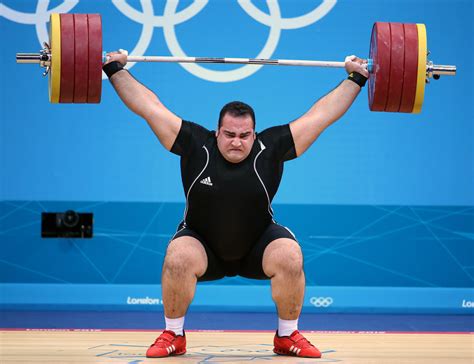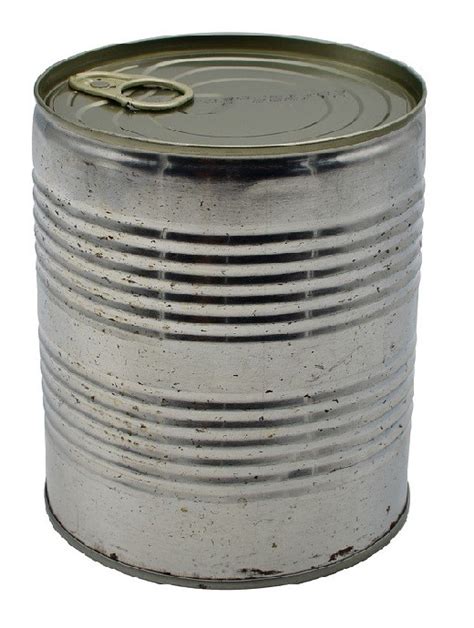How to break strength plateaus for continuous peak performance and growth?

Understanding the Strength Plateau
Every dedicated athlete or fitness enthusiast eventually encounters a strength plateau. This frustrating phase is where your progress, once steady and linear, seems to grind to a halt. Lifts that were consistently increasing suddenly feel impossible to budge, and muscle growth appears stagnant. While disheartening, hitting a plateau is a natural part of the strength development process. It signals that your body has adapted to your current training stimulus and needs a new challenge to continue growing.

Recognizing a plateau is the first step towards breaking it. It’s not a sign of failure but an invitation to re-evaluate, adapt, and innovate your training approach. The key to continuous peak performance and growth lies in understanding the various factors contributing to plateaus and implementing targeted strategies to overcome them.
Strategic Approaches to Overcome Stagnation
1. Re-evaluate Progressive Overload
Progressive overload is the cornerstone of strength training. It means continually increasing the demands on your muscles to force adaptation. If you’ve stalled, examine if you’re truly applying progressive overload. Are you consistently adding weight, reps, sets, or decreasing rest times? Sometimes, the plateau simply means you’ve become complacent with your current load or volume. Try making smaller, more consistent increments or focusing on a different overload mechanism.
2. Vary Your Training Variables
Your body is incredibly adaptable. If you perform the same exercises with the same rep schemes week after week, your muscles will become efficient at them and stop growing. Introduce variation: alter your rep ranges (e.g., switch from 3×5 to 4×8-12), change your exercise selection (e.g., swap barbell bench press for dumbbell press or incline press), experiment with different tempos (slower eccentrics, explosive concentrics), or modify your rest periods.

3. Embrace Periodization
Periodization involves systematically varying your training intensity and volume over specific cycles (e.g., microcycles, mesocycles, macrocycles). Instead of constantly trying to lift heavy, incorporate phases of higher volume/lower intensity followed by phases of lower volume/higher intensity. This allows for planned recovery, prevents overtraining, and ensures your body is fresh and ready for new strength gains.
4. Prioritize Nutrition and Recovery
Training is only half the battle; growth happens during recovery. Are you consuming enough protein, carbohydrates, and healthy fats to support muscle repair and energy demands? Are you getting 7-9 hours of quality sleep per night? Chronic sleep deprivation and insufficient caloric intake can severely hinder recovery and muscle adaptation, making plateaus inevitable. Consider supplementing with creatine or ensuring adequate micronutrient intake.

5. Master Your Form and Technique
Sometimes a plateau isn’t due to a lack of strength, but inefficient movement. Minor flaws in technique can limit your ability to lift heavier and recruit target muscles effectively. Film yourself, seek feedback from experienced coaches, and dedicate sessions to perfecting form, even if it means temporarily reducing the weight. Proper form not only enhances performance but also prevents injuries.
6. Incorporate Deloads and Active Recovery
Pushing yourself constantly without breaks leads to accumulated fatigue and central nervous system burnout. A planned deload week (reducing volume and intensity by 40-60%) every 4-8 weeks can significantly aid recovery, resensitize your body to training stimuli, and often results in breaking through plateaus stronger than before. Active recovery activities like light cardio, stretching, or foam rolling can also promote blood flow and reduce muscle soreness.

7. Introduce Novel Exercises and Challenges
Sometimes, simply changing the exercise can reignite progress. If your barbell squat is stalled, try front squats, goblet squats, or Bulgarian split squats. If your deadlift isn’t moving, incorporate deficit deadlifts, pause deadlifts, or RDLs. Unilateral exercises (single-limb movements) can also expose and correct strength imbalances that might be holding you back.
Sustaining Long-Term Growth
Breaking a plateau is an ongoing process of learning and adaptation. Continuously analyze your training, listen to your body, and be willing to make adjustments. Document your workouts, track your sleep, and monitor your nutrition. This data-driven approach will help you identify patterns and make informed decisions about your programming.

Conclusion
Strength plateaus are not roadblocks; they are signposts indicating the need for a strategic shift. By methodically applying principles of progressive overload, varying training stimuli, prioritizing recovery, and paying meticulous attention to form, you can not only break through current plateaus but also develop a resilient mindset for continuous growth. Embrace the challenge, stay consistent, and watch your performance soar to new heights.








